What's the meaning of the Ivory »
Ivory
This page is about the meaning, origin and characteristic of the symbol, emblem, seal, sign, logo or flag: Ivory.
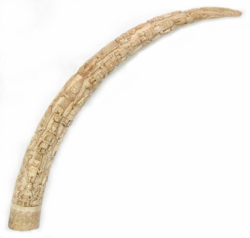
In modern times, ivory has become a highly charged symbol; although the material has been utilized by humans for millennia, the large-scale hunting of rare animals for their ivory has long been a prominent issue in the conservation community. Ivory has acquired many symbolic meanings over the centuries, some of which bridge the gap between ancient and modern.
When one thinks of ivory, usually the first animal that comes to mind is the elephant. While this is an accurate association, there are other animals from which ivory is obtained, notably the sperm whale, walrus, narwhal, and even the remains of extinct woolly mammoths. Regardless of its origin, ivory carries important symbolism in many cultures.
Due to its creamy white color, ivory is strongly associated with purity. Combined with its relative ease to shape and carve, ivory was long the material of choice for crucifixes, devotional statues, and other religious items. In places such as China and the Philippines, this practice is still widespread, and has generated much controversy connected to the illegal poaching of elephants for their tusks.
In ancient Greece, ivory was used in the creation of two of antiquity’s artistic masterpieces; the giant statue of Athena that once stood in the Parthenon in Athens, and the massive statue of Zeus in the temple at Olympia, the latter regarded as one of the Seven Wonders of the Ancient World. Since ivory was not native to Greece- therefore difficult to obtain in large quantities- its use in two such monumental projects indicates the reverence in which the people held these gods.
Ivory also appears in the Bible as a symbol of wealth and splendor. The Old Testament’s Books of Kings says that King Solomon not only received ivory as a trade item, but his throne is described as made of ivory and overlaid with gold. A parallel can perhaps be drawn between the throne of Solomon and the statue of Zeus at Olympia; both figures were kings in their own capacity (Solomon of Israel, Zeus of all the gods), so ivory could also be seen as a symbol of royalty.
Despite an international ivory ban that was established to protect animal populations from being poached, illegal ivory is still a substantial, multi-national industry. To many, ivory stands as a symbol of animal cruelty and the greed of the human population.
- 5,265 Views
Graphical characteristics:
Asymmetric, Open shape, Colorful, Contains curved lines, Has no crossing lines.
Categories: Gemstones and Natural Substances, Miscellaneous.
More symbols in Gemstones and Natural Substances:
In addition to plants, animals, and geographic features and phenomena, the natural world is home to a vast array of materials and substances that all carry symbolic meaning. This meaning may be rathe… read more »
More symbols in Miscellaneous:
Symbols without any special category attribution but that are widely used worldwide. read more »
Citation
Use the citation below to add this symbol to your bibliography:
Style:MLAChicagoAPA
"Ivory." Symbols.com. STANDS4 LLC, 2025. Web. 26 Feb. 2025. <https://www.symbols.com/symbol/ivory>.


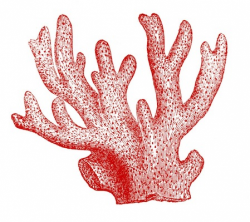

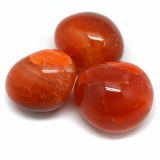
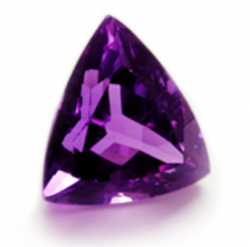

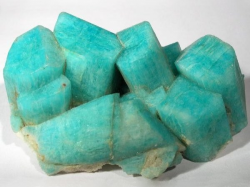









Have a discussion about Ivory with the community:
Report Comment
We're doing our best to make sure our content is useful, accurate and safe.
If by any chance you spot an inappropriate comment while navigating through our website please use this form to let us know, and we'll take care of it shortly.
Attachment
You need to be logged in to favorite.
Log In